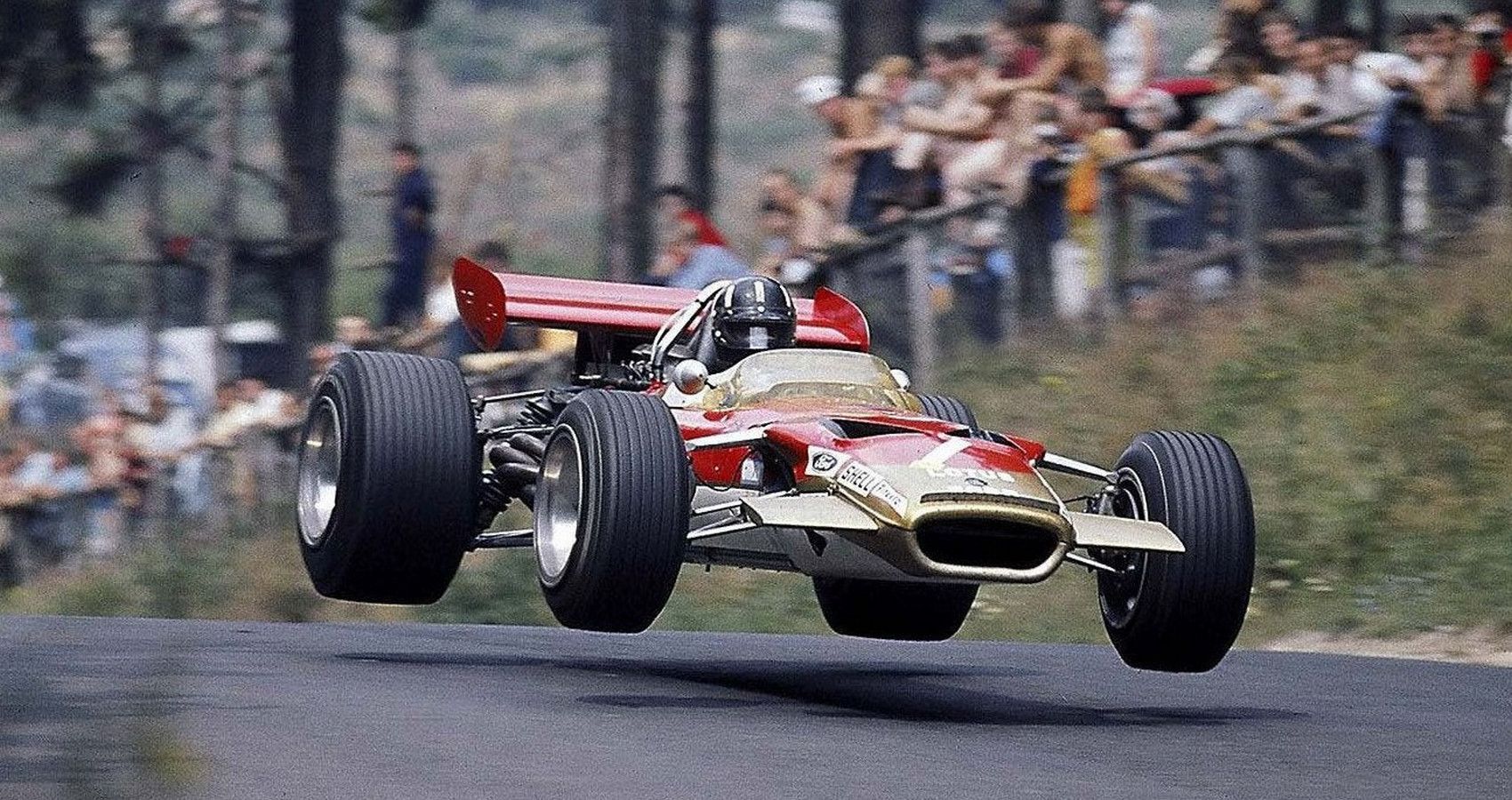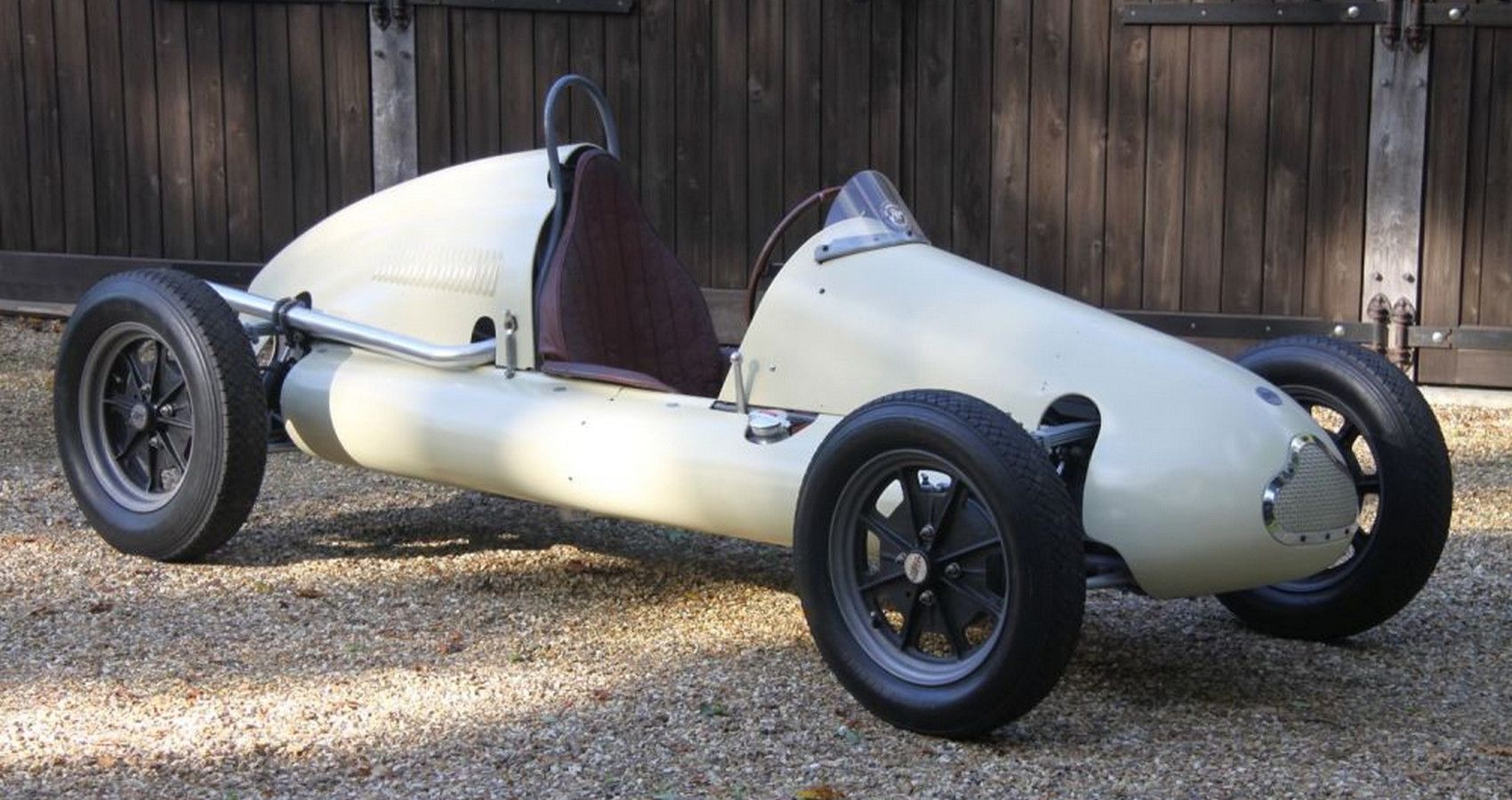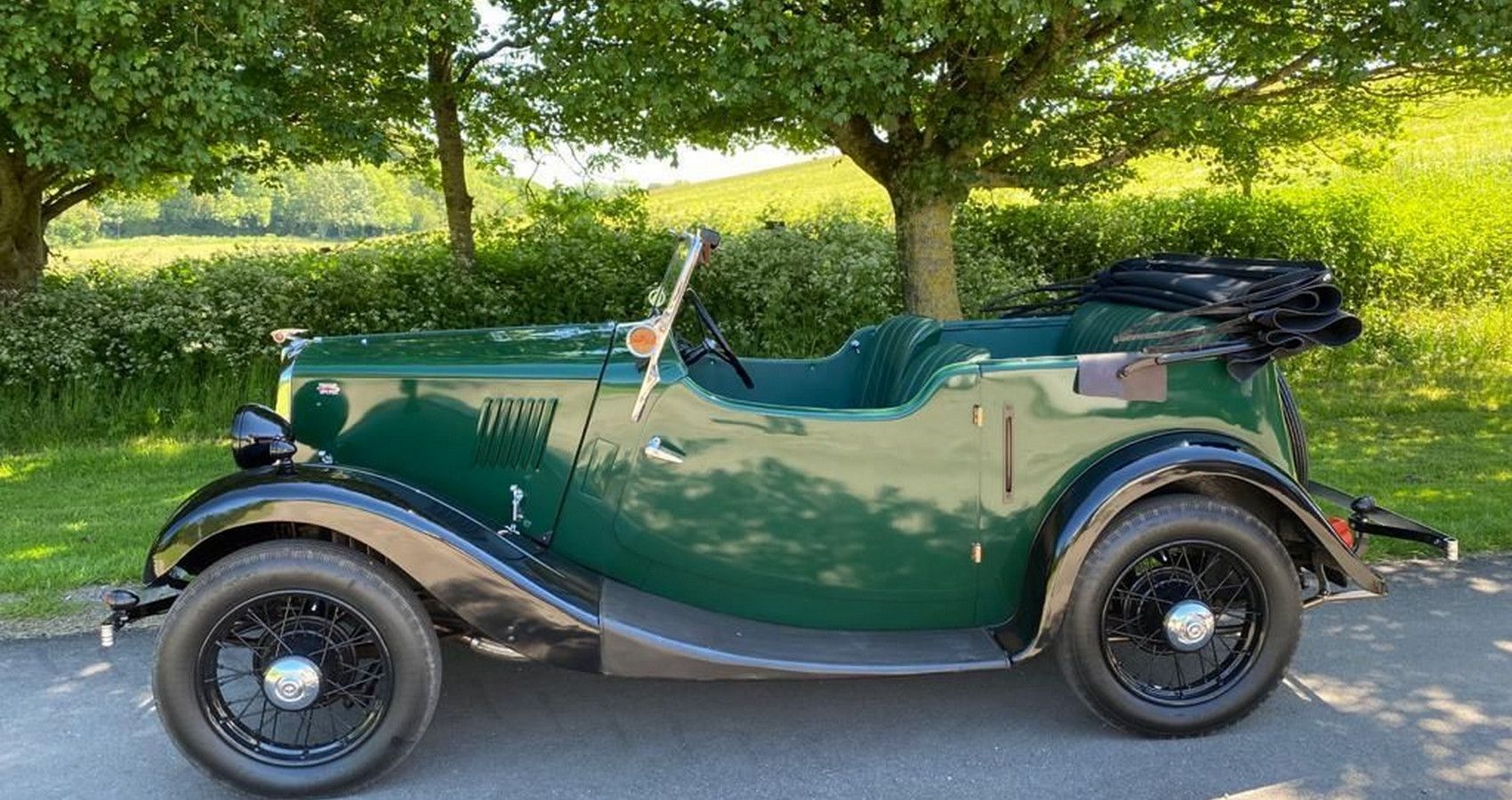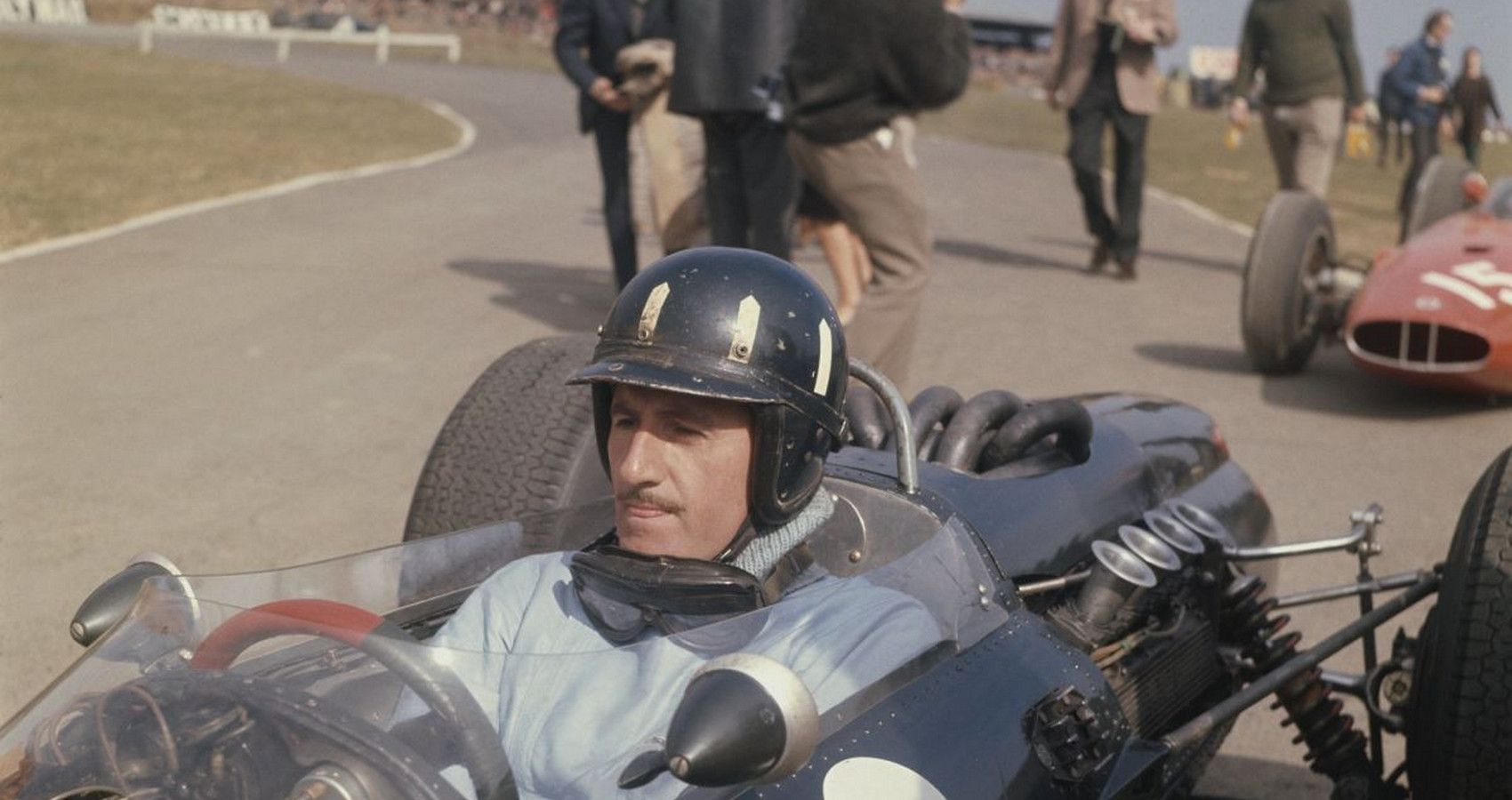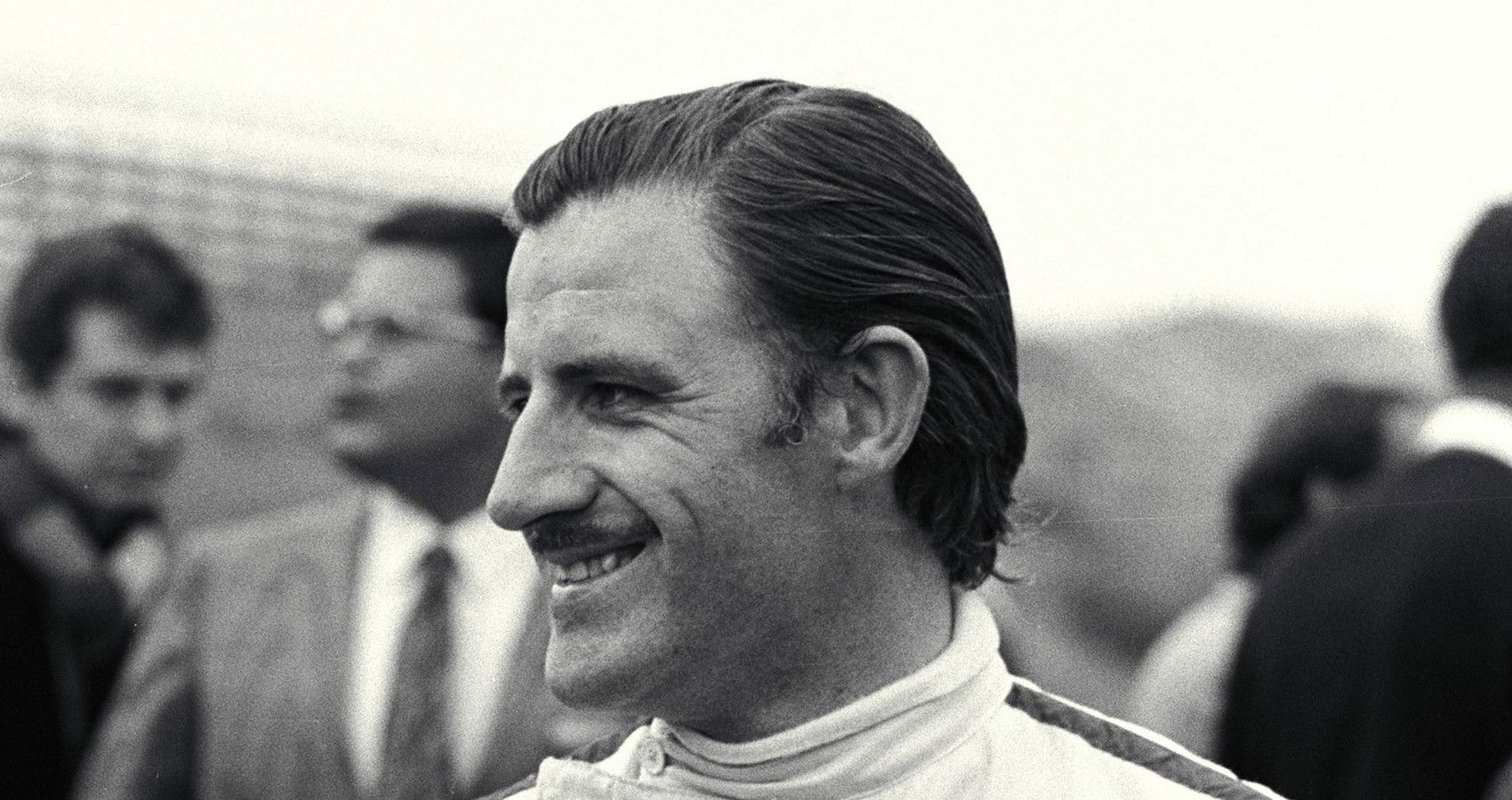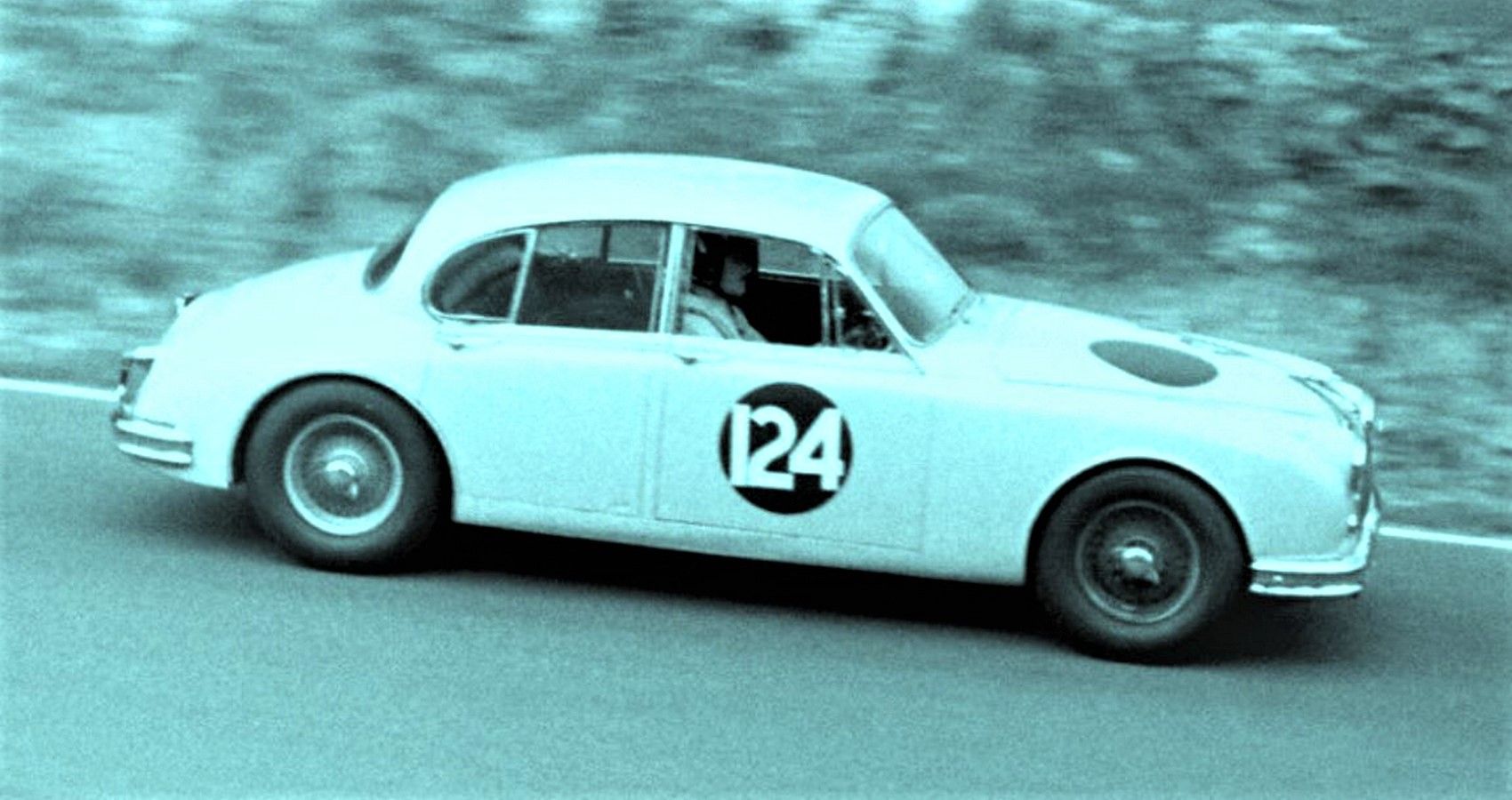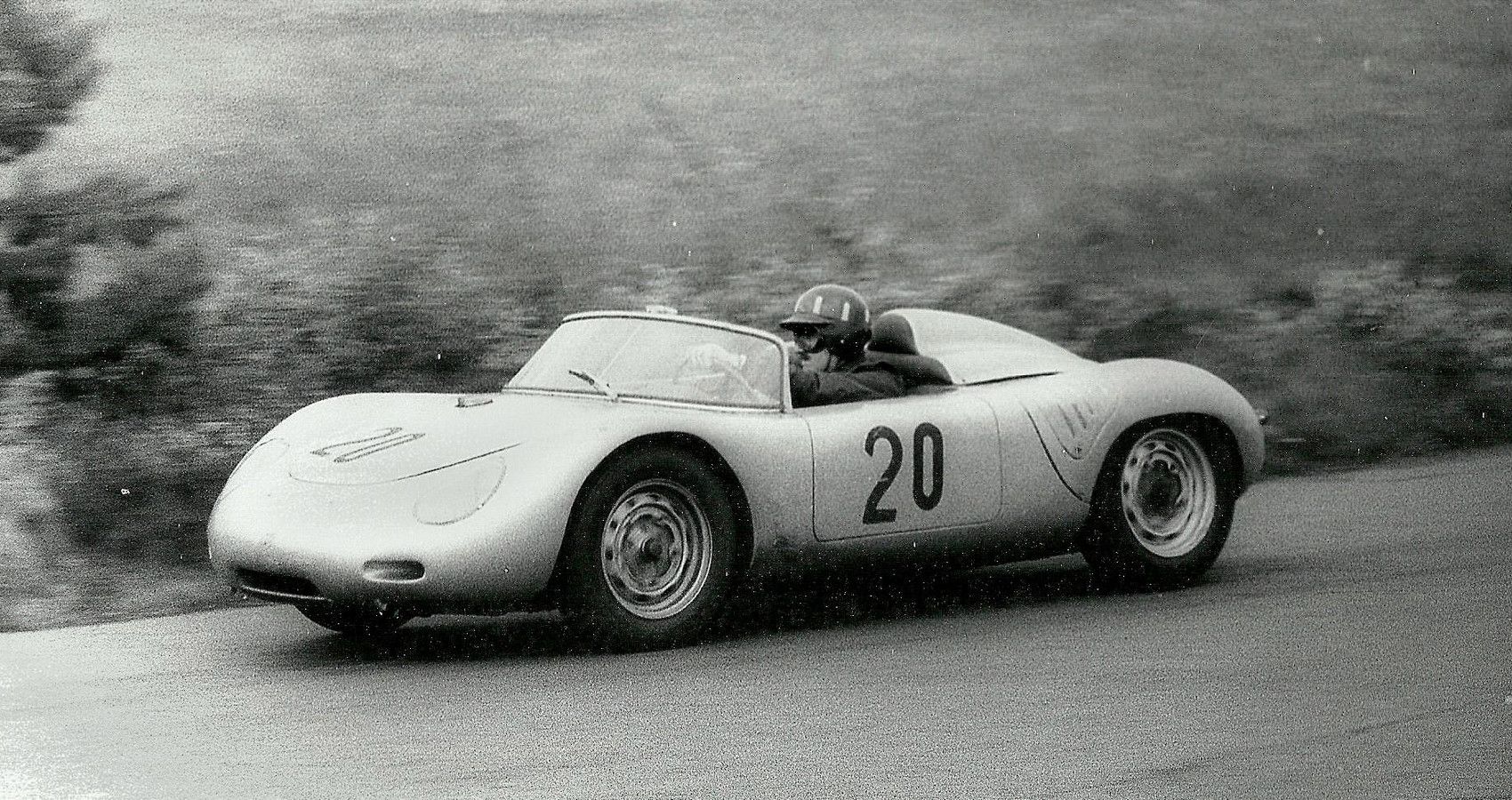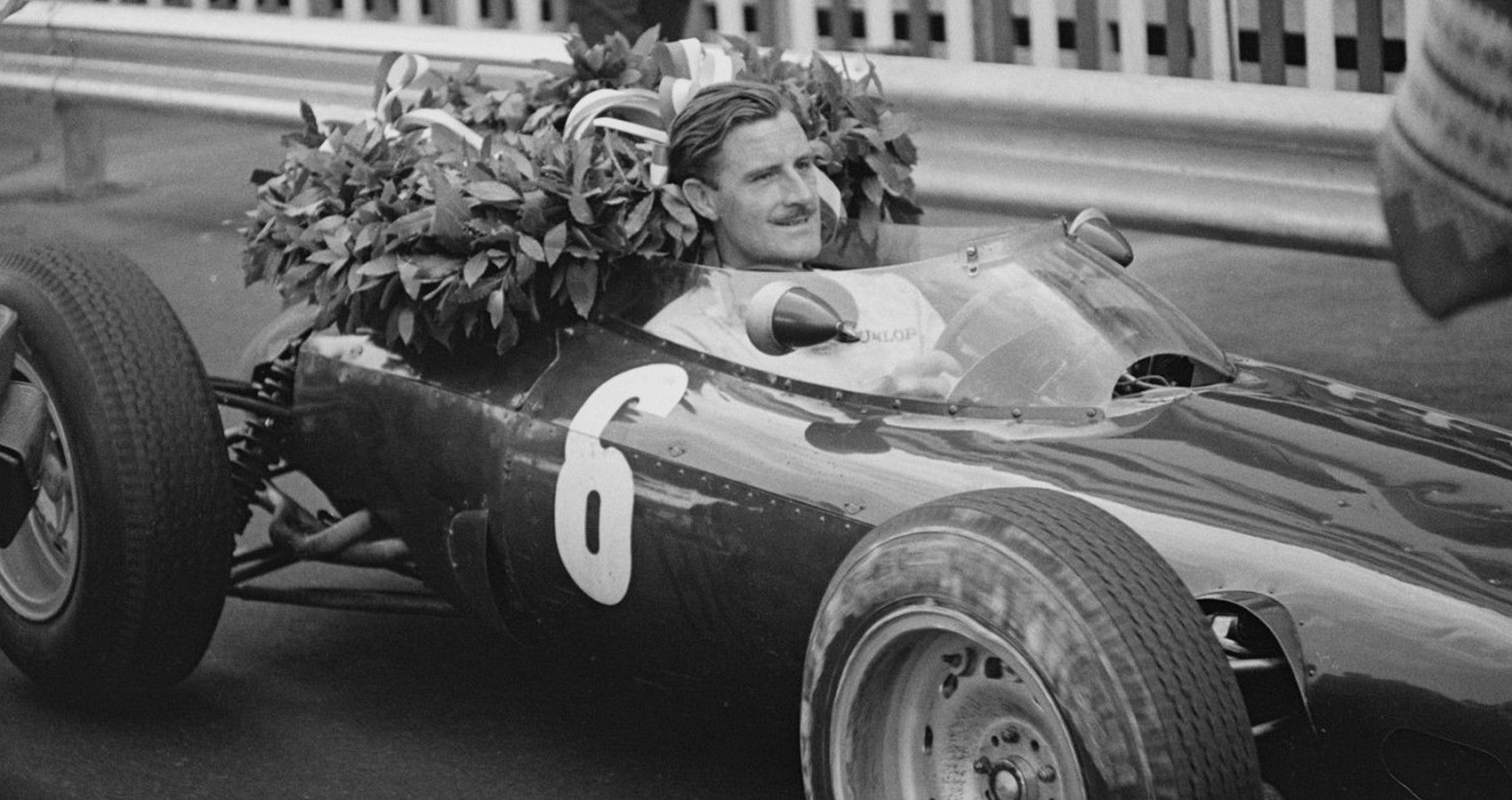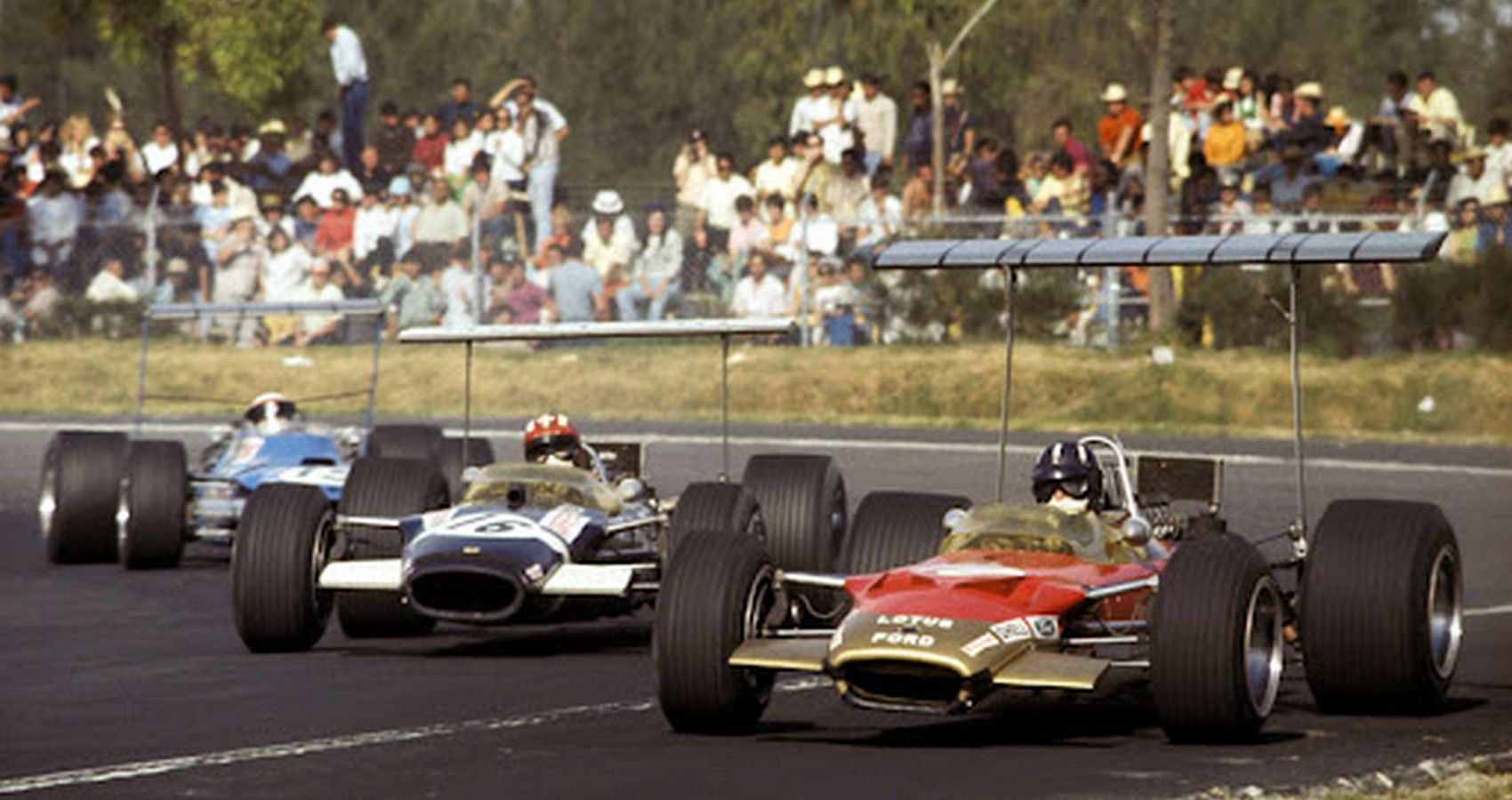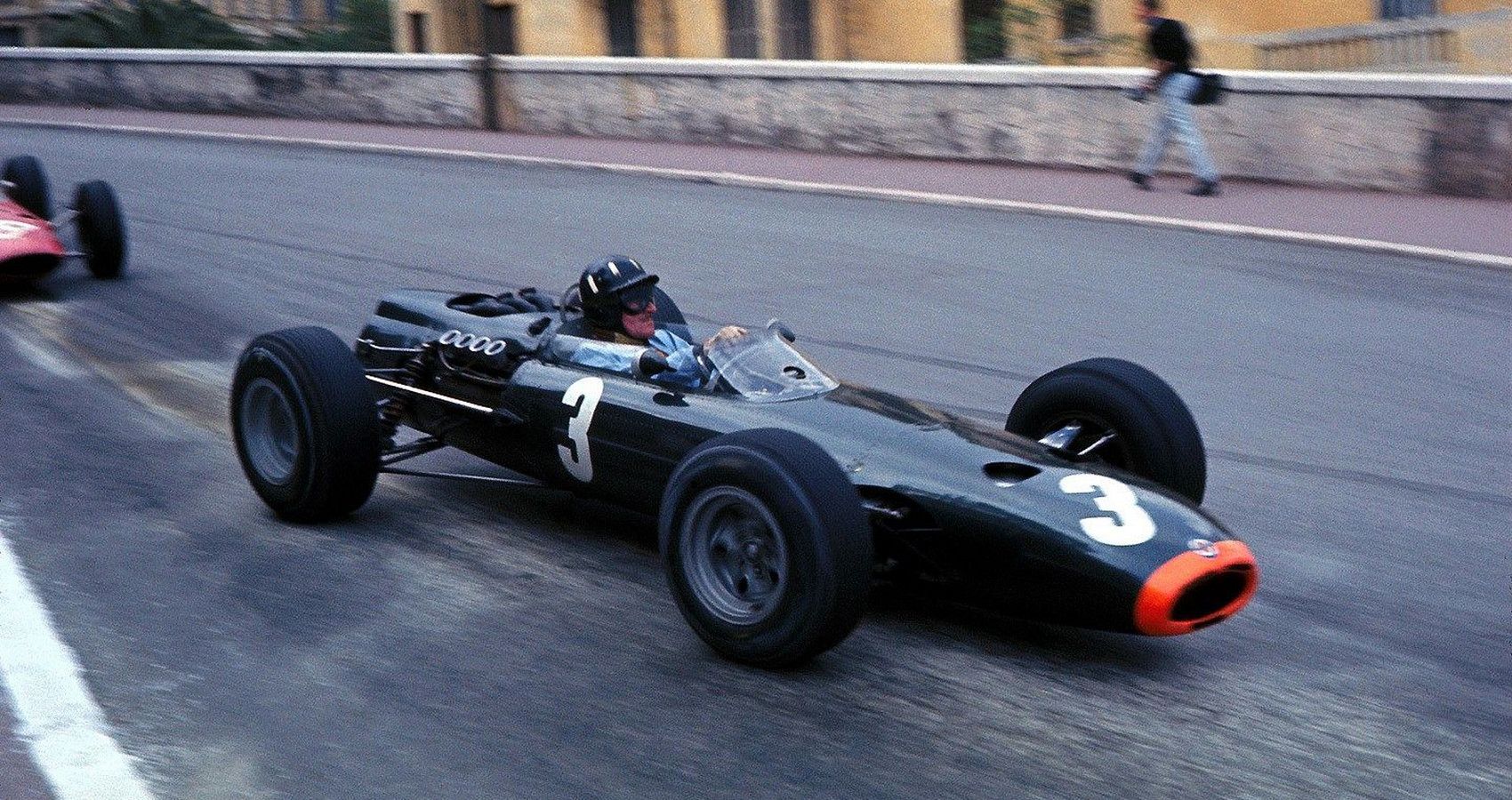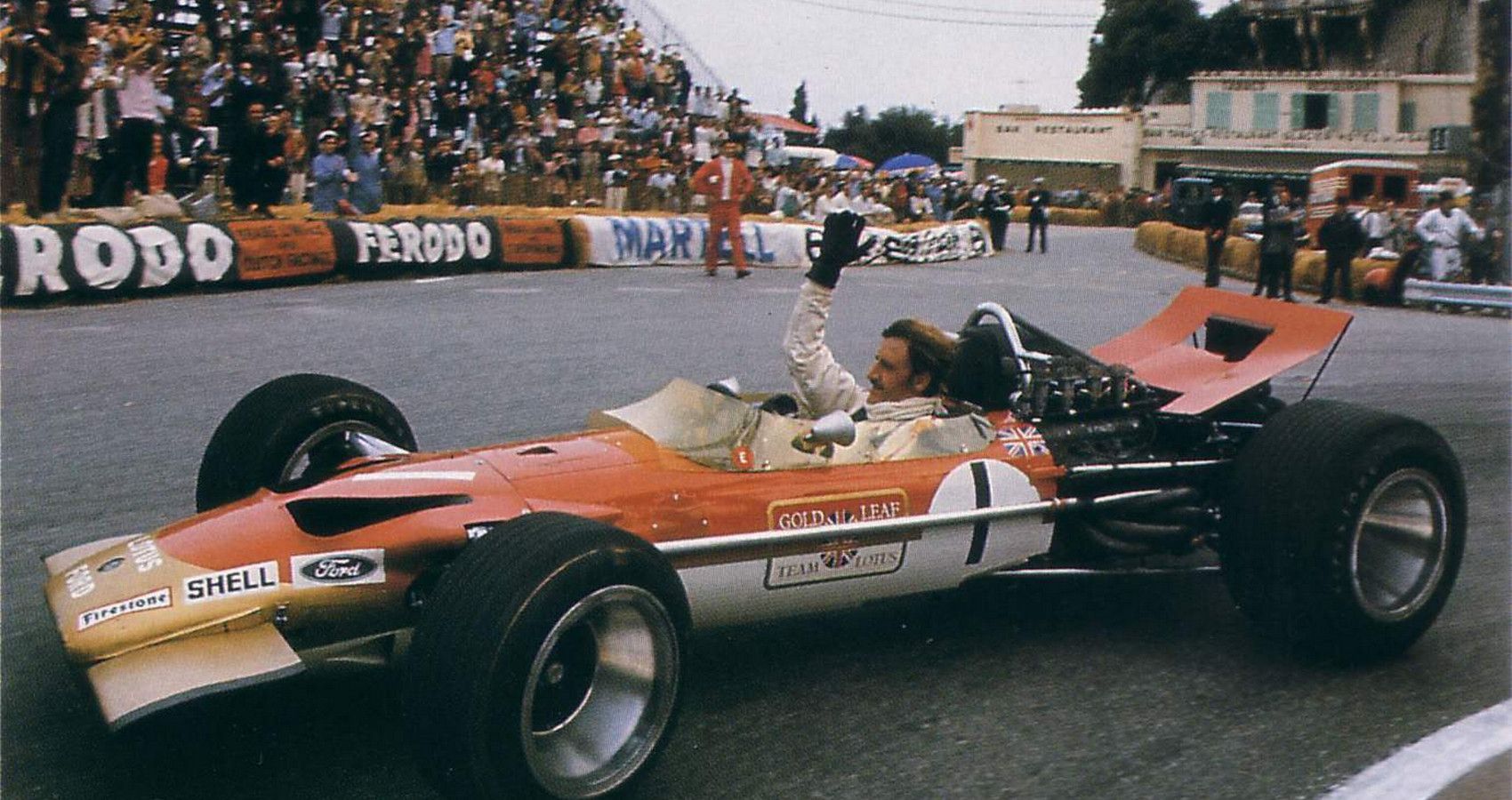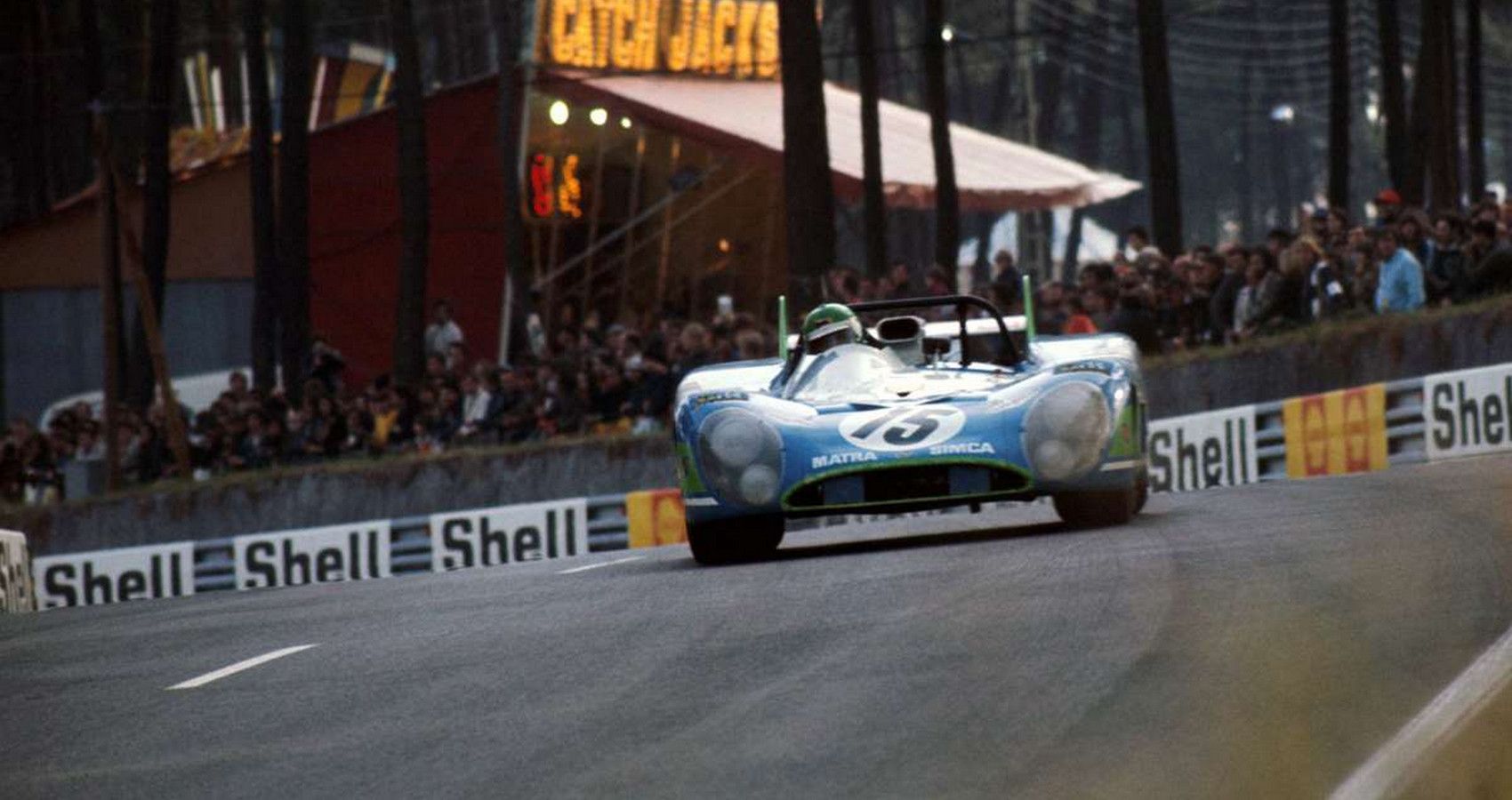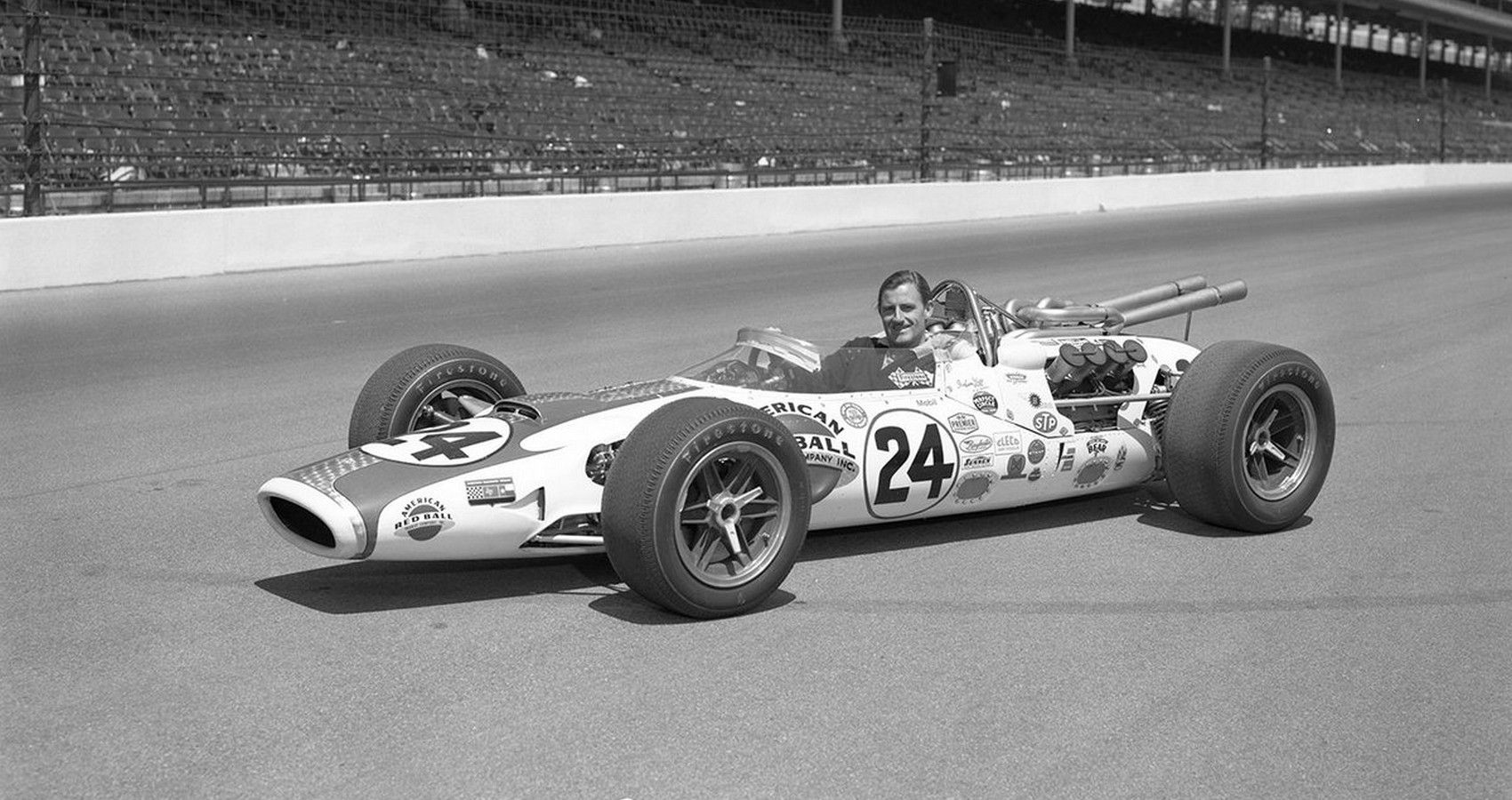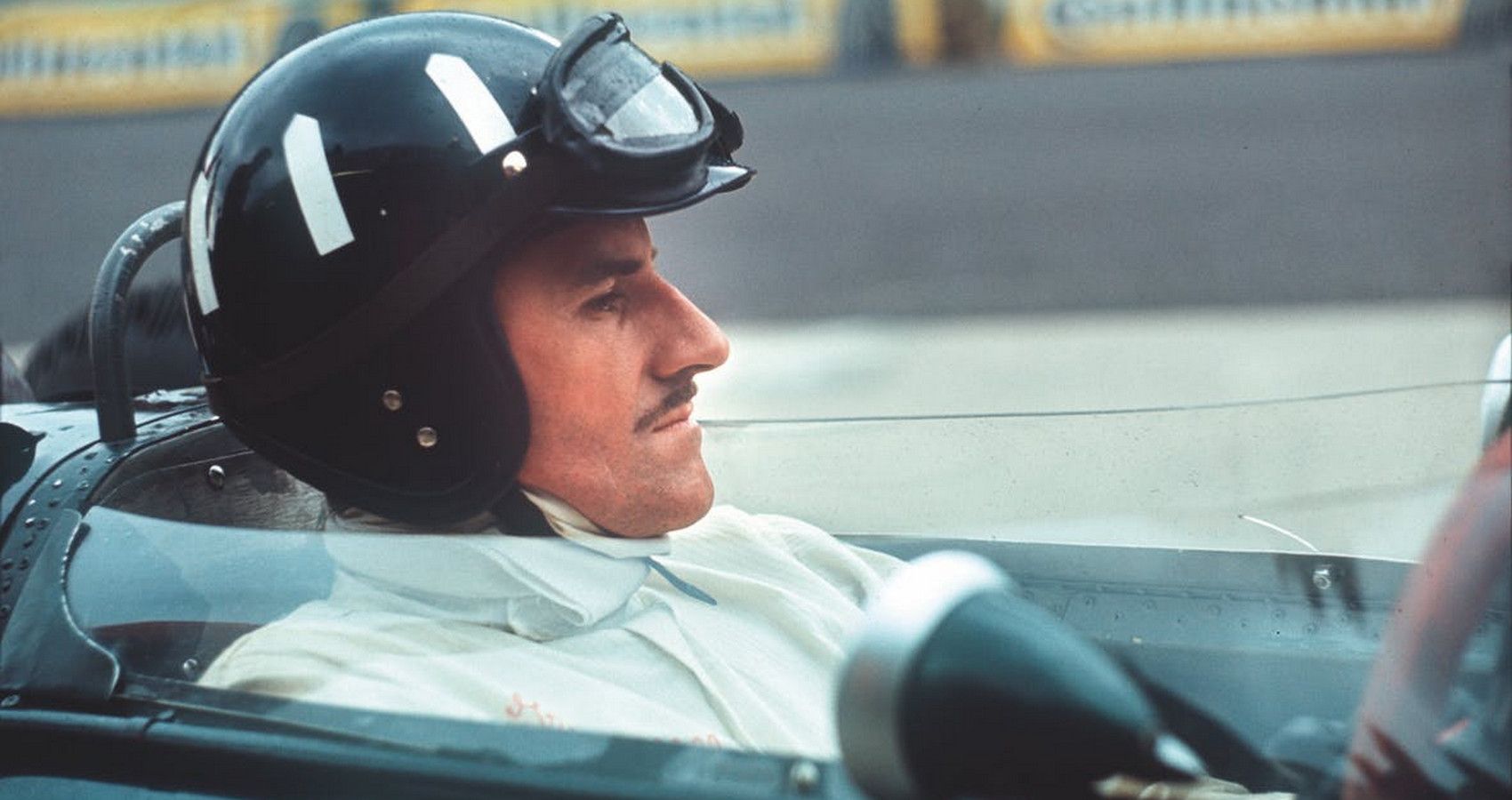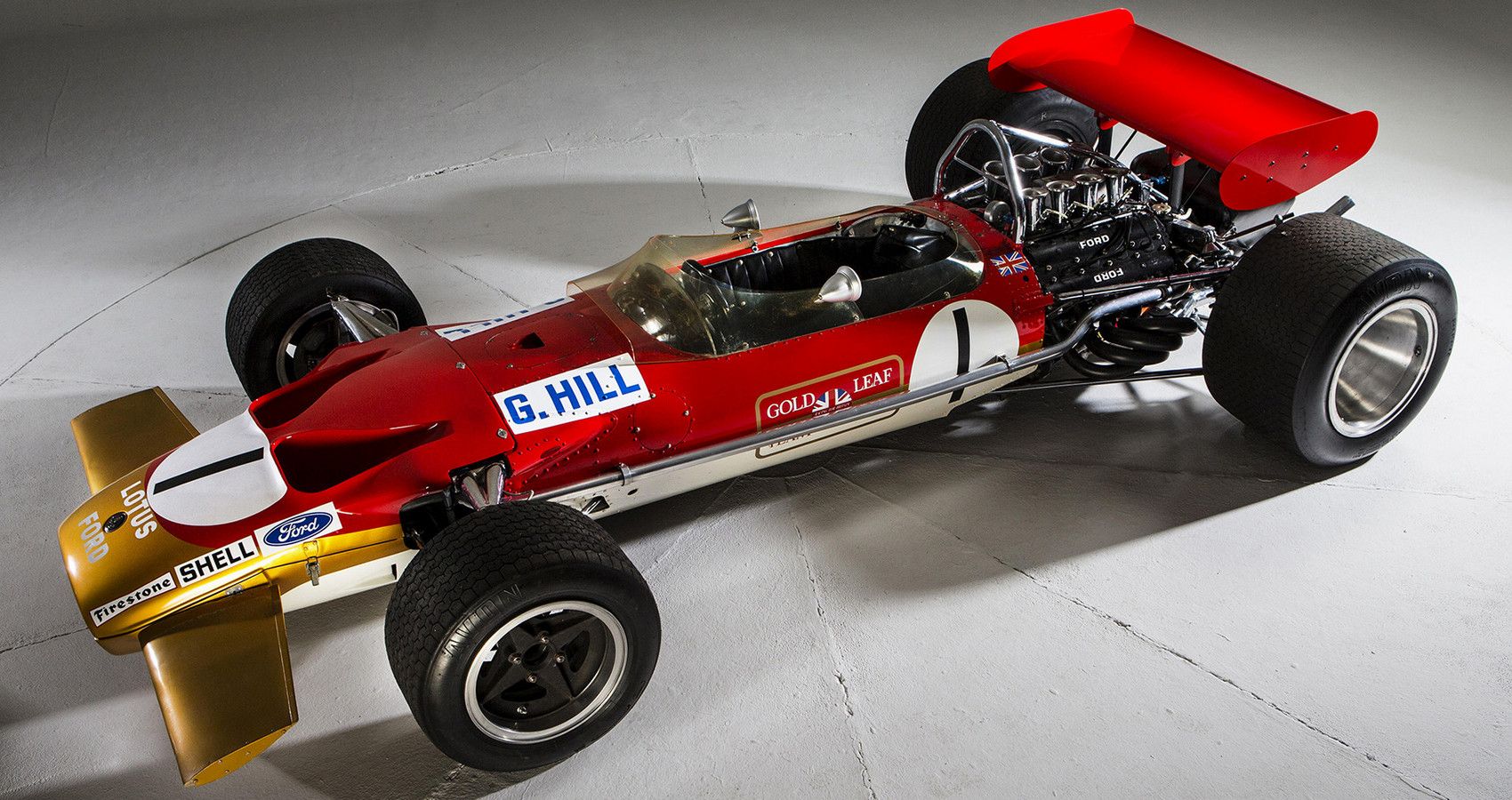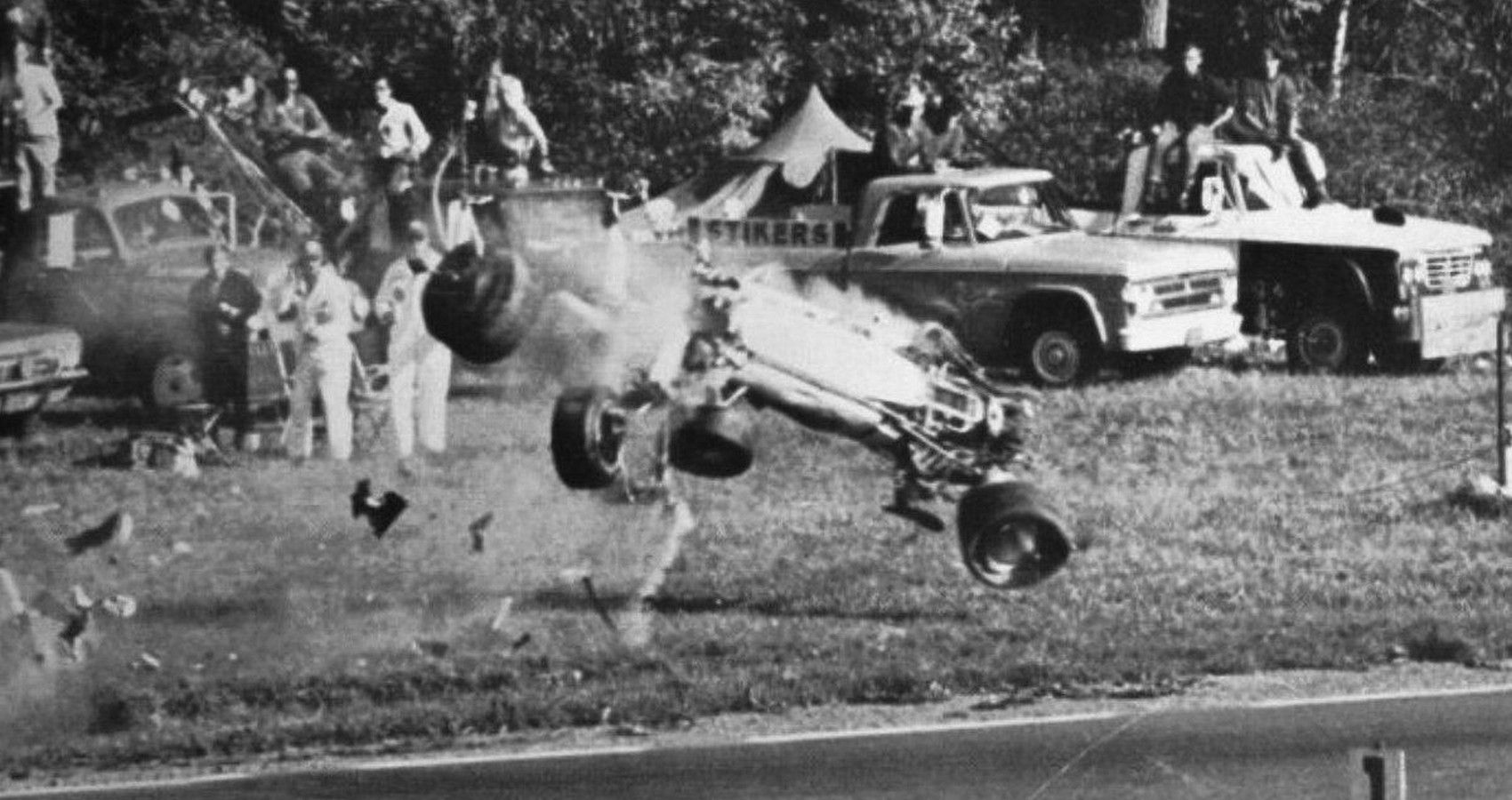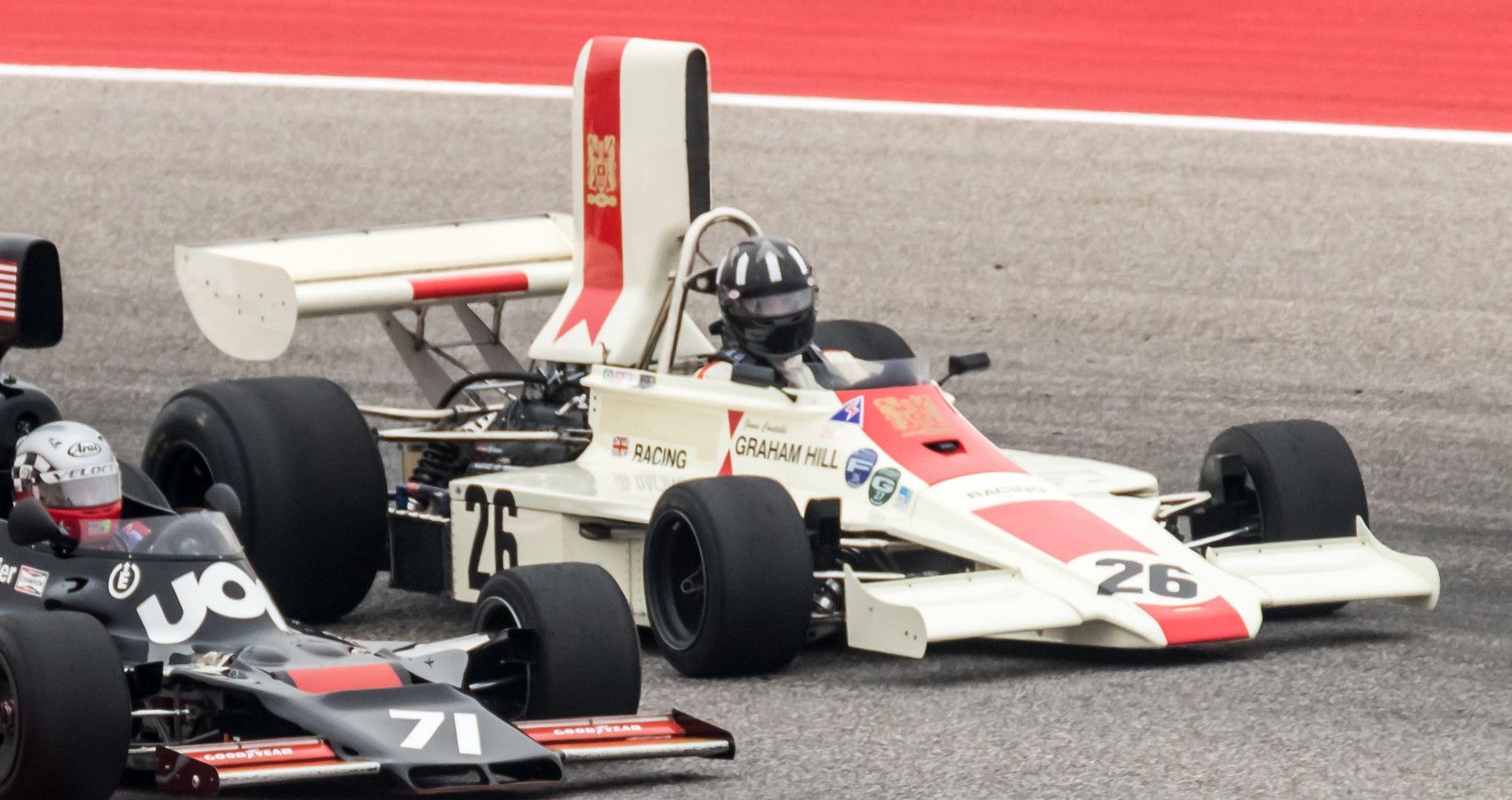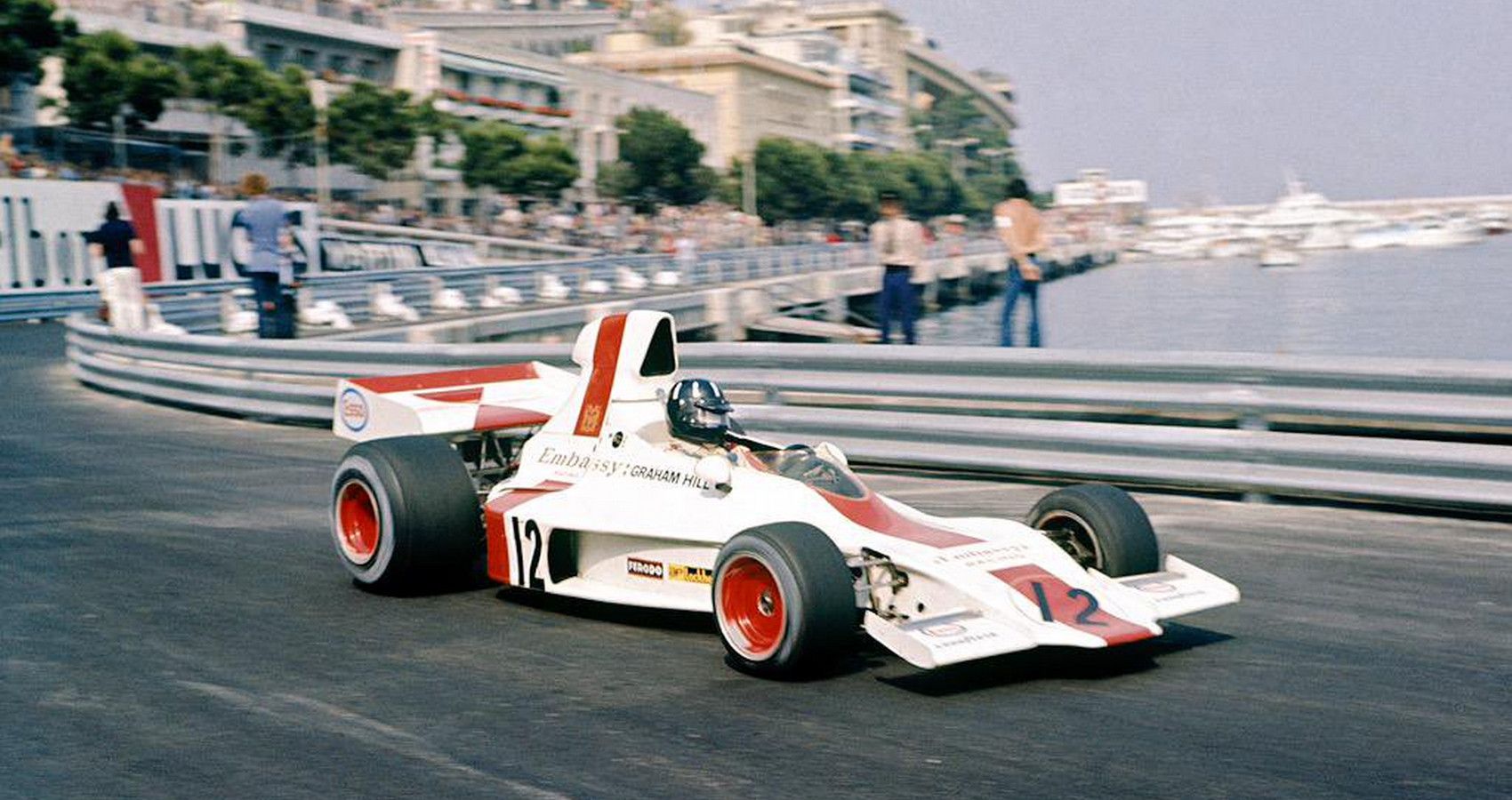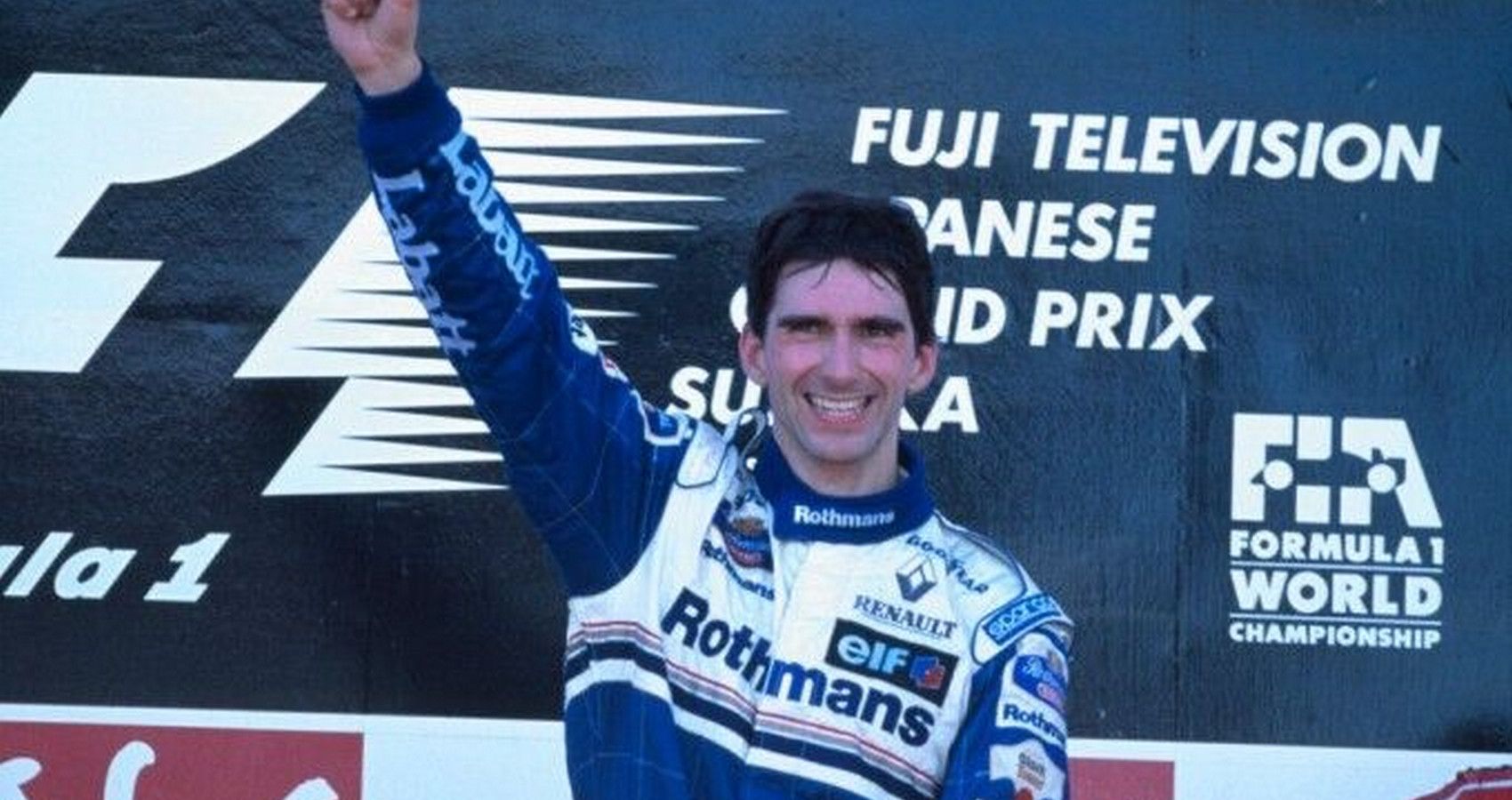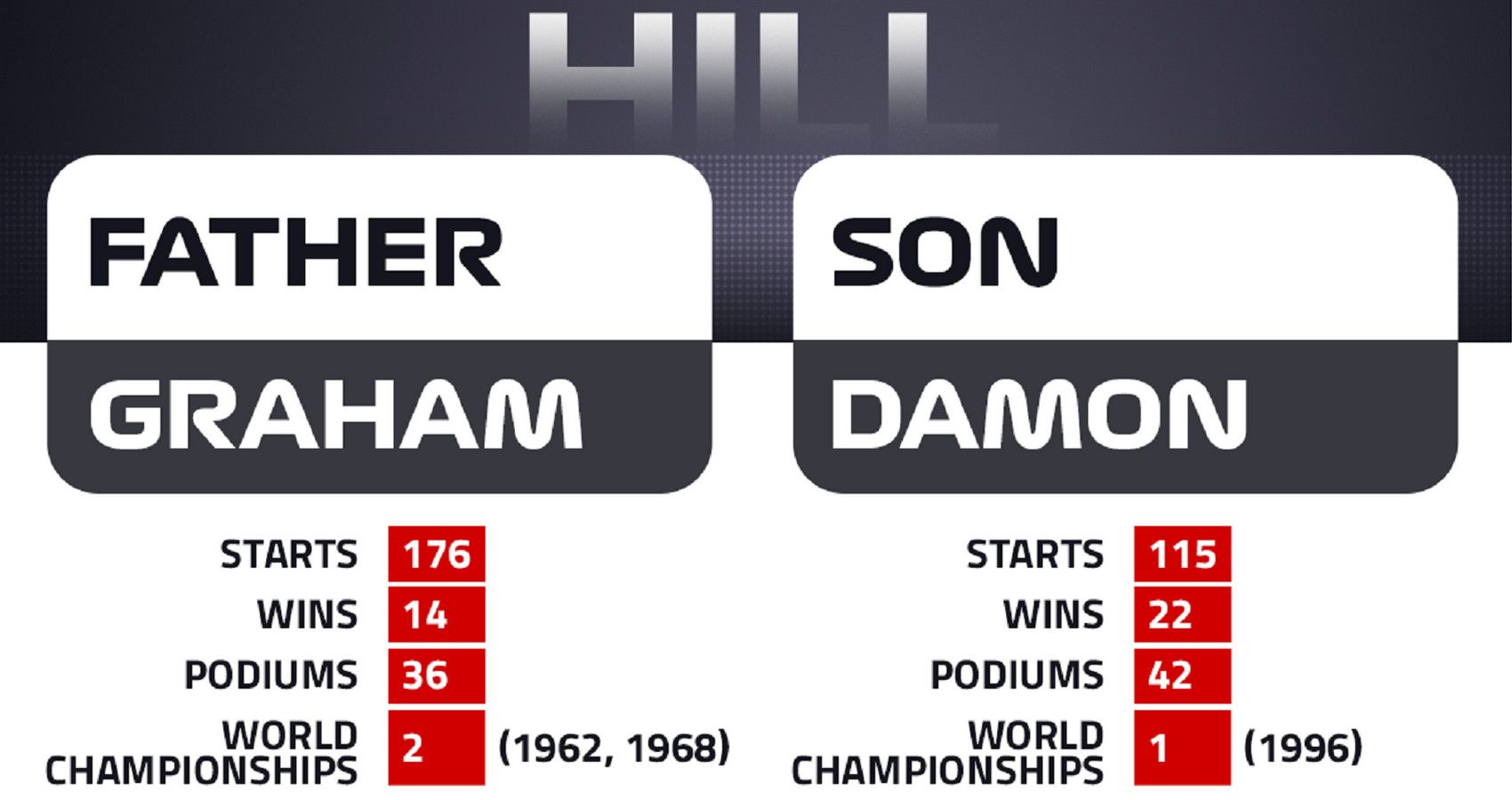Devoted family man, former navy officer, and avid rower, Graham Hill is arguably one of the greatest racing drivers of all time. Success not only in Formula 1 but other motorsport series that few can claim to have matched, and still maintaining the likable persona that separates the good from the greats.
Born in 1929, Norman Graham Hill contested is most widely recognized for a Formula 1 career spanning 17 years. In that time, claiming 14 race wins, 13 pole positions, and a further 35 podium placings. Initial success would be a long time coming, often at the wheel of less competitive machinery, Hill's breakthrough win at Zandvoort in 1962 driving for Owen Racing Organisation with title success not far behind.
Among a list of greats, comparing drivers from different generations is tricky, modern cars are so reliant on technology, Hill, however, competed in an era where driver skill played a bigger role.
10 First Road And Racing Car Experiences
Purely by chance, Graham Hill's love of anything four-wheeled started with the '50s equivalent of a track day, lapping Brands Hatch circuit at the wheel of a 1953 Cooper 500 Formula 3 car. And, yes, the 500 really does mean engine displacement, boasting a JAP 500cc motor.
The Brands Hatch experience was enough to ignite a passion for racing, something that required both cash and experience, neither of which Hill had in abundance. Undeterred, the lack of driving experience would be the easier problem to fix, acquiring an old Morris 8 effectively teaching himself to drive.
9 The Gentleman Racer
Instantly recognizable the world over for his achievements behind the wheel, it was another form of motorsport that first got the Gentleman racer hooked. An early love of motocross would be the medium that sparked a love of internal combustion engines and racing.
Surprisingly for someone who would go on to win the most prestigious motorsport events around the world, Hill only passed his driving test at the age of 24. In an age where karting marks the first step towards Formula 1, many of today's drivers starting from as young as 6 years old, Hill would have been positively middle-aged. Perhaps Hill's later start shaped his ever-popular personality?
8 Early Successes
Most famous for single-seater racing, Graham Hills' "professional" motorsport career started earlier with a host of production car drives with considerable success. In 1960 shortly after signing with BRM, Hill would contest the Targa Florio behind the wheel of a Porsche 718, winning the Sports 1660 class along with Edgar Barth.
In common with other race drivers of the era, Hill was also a regular in other lesser race series, claiming several wins at the wheel of a Jaguar Mk2, a feat he would later replicate claiming the first race win for Jaguar's (EDM 400) E-Type.
7 F1 World Champion 1962 & 1968
Only a handful of drivers reach the lofty heights of Formula 1s winners podium, even fewer go on the secure the World Championship. Graham Hill succeeded in lifting the world title on two seperate occasions, first in 1962 with the little-known Owen Racing Organisation taking 4 wins from nine races.
With a second title coming his way in 1968, Hill driving for Team Lotus taking three wins from eleven races and a further five podiums to seal the driver's championship. While modern F1 drivers compete over longer seasons they also have the benefit of much tighter safety measures, during the 60s it's estimated over a third of all drivers would lose their lives, Hill's success is a testament to his abilities.
6 Mr. Monaco
Ask any F1 driver, past or present, which race win they desire the most, and it will be Monaco, a tight twisty street circuit where overtaking is near impossible and the walls are only ever millimeters away.
The principality always separates the greatest drivers from the merely good, Hill taking his first victory in 1963, opening the flood gates for what would become a run of five Monaco Grand Prix wins earning himself the nickname Mr. Monaco. This impressive tally of wins would stand until 1993 before Ayrton Senna would go one better.
5 The Triple Crown
With two Formula 1 world titles under his belt and five Monaco Victories, racing was in Hill's blood, turning his hand to almost any formula with considerable success. In 1966 claiming a win with Team Lotus at the Indianapolis 500 proving if it had four wheels and engine, Hill could drive it.
These successes would have been enough for most drivers, but it did line up the elusive triple crown, an achievement that to date no other driver has completed. In 1972 driving for Equipe Matra-Simca Shell, Hill along with Henri Pescarolo piloting their MA670 to the class S3 win, Hill in the process claiming the coveted triple crown
4 Hill Family Racing Colors
Times have definitely changed since Graham Hill raced, the iconic black crash helmet with white inserts remained throughout his career, unlike the modern driver who can and frequently change the style from race to race.
Hill's "racing colors" if you like paying homage to the London Rowing Club, the white inserts representing the rower's blades. Before taking up motorsport in earnest, Hill was a keen rower with several clubs before making the move to London. Those famous colors would later be adopted by son Damon Hill during his F1 career.
3 Career Changing Crash: Watkins Glen 1969
Introduced in 1967 purpose-built around Cosworth's DFV V8 engine, the Lotus 49b was a force to be reckoned with, fast, agile, and incredibly light, too light some might later say. Hill had already claimed the driver's title in 1968 and was keen to do so again the following year.
With a single win and two costly retirements under his belt, Hill would again retire at Watkins Glen, only this time lucky to escape with his life. Suffering a huge crash, breaking both legs, Hill's season was over. Although a full, lengthy recovery period was to follow, Hill was never quite the same behind the wheel again.
2 Embassy Hill Racing
Unlike current teams, F1 during the '70s was entirely possible with a smaller number of mechanics and a purchased ready-to-run race car. Hill set up Emabsssy Hill formula in 1973, the first season using a Shadow Ford DN1 resulted in little progress, failing to score a single point.
Making the switch to Lola for 1974 fared a little better, with Hill scoring a single point in the T370 during the Swedish Grand Prix. The following season Embassy Hill's own GH1 race making its debut mid-season, Hill no longer driving, concentrating on managing the team before his untimely demise at the season end. Embassy Hill racing would never see another Grand Prix.
1 Keeping It In The Family
The unfortunate passing of Graham Hill isn't the end of the family name's connection with motor racing. In 1992, his son, Damon Hill, picked up where his father left off, joining Brabham F1 while continuing to test for Williams F1.
Promotion to the big league coming in 1993, Williams placing Hill alongside Alain Prost and Ayrton Senna the following season, both huge names that would provide valuable experience. With patience finally paying off in 1996, Hill taking the Formula 1 title becoming the first son of a former F1 World Champion to win the championship.

